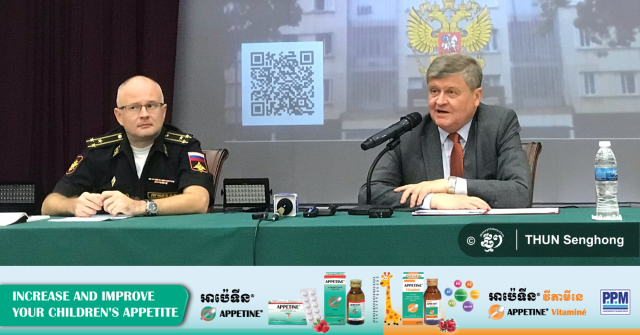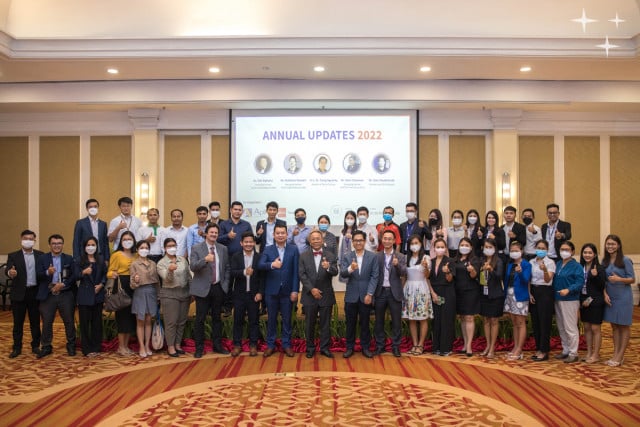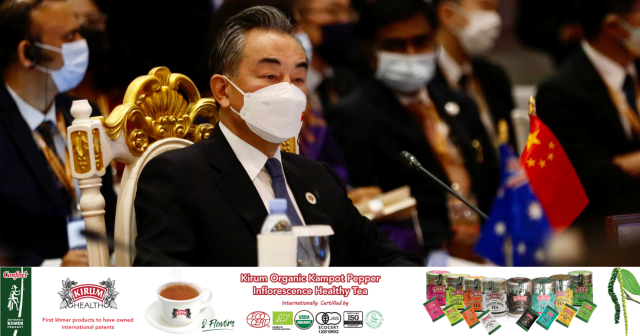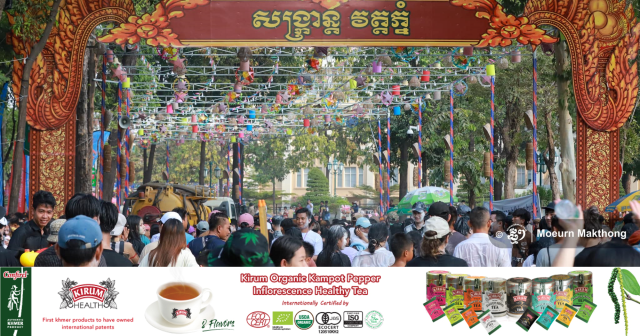COVID-19: The Ups and Downs of Life in Phnom Penh
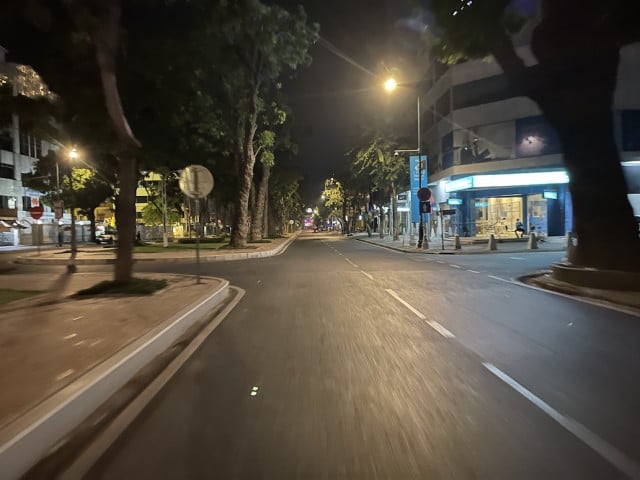
- Ky Chamna
- April 4, 2021 11:45 AM
For some older people, some days in 2021 Phnom Penh may somehow feel like the 1980s Phnom Penh after the Khmer Rouge regime. The coronavirus is still wreaking havoc on the Cambodian people as well as other populations across every continent.
As new cases of infection appear at a worrying rate from day to day, the capital city of Phnom Penh and some provinces have been experiencing a sharp decrease in people going places. The pandemic has been impacting Phnom Penh for well over a year now. One by one, as more and more people begin to stay home, businesses are starting to shut down. Physical human interaction has shrunk.
During the usual peak hours of 7 am to 5 pm, the once overcrowded streets and roads have turned unusually calm. At some of the intersections, car drivers normally have to wait several traffic-light cycles in order to cross. Now, even though the light turns green, sometimes no vehicle makes its way through. Parking places are cleared of motorbikes and cars. Roundabouts and bridges seem oddly less noisy.
At some of the petroleum stations, gas-thirsty cars and motorcycles used to wait in rows. However now, gasoline tanks may remain almost unemptied for many days or even weeks.
On the main boulevards of Phnom Penh along which large public and private educational institutions are located, a tsunami of students usually rushes out the main gates to meet their parents or family members. Armies of teenage students on motorcycles or scooters flood the streets. School buses depart like a caravan of camels in the Sahara desert. As evening approaches, food stores around schools spring into life, maximizing their effort to feed the hungry students who just spent their whole day in classes.
This kind of atmosphere full of chattering and laughter has died down slowly but gradually since this new microscopic enemy began invading the region. Tables are empty and sometimes food is spoiled. Some students who made their way from the countryside to study in Phnom Penh simply returned to their hometowns. The daily scenery of young students with their white school shirts on has disappeared from the public areas.
Some minimarts and supermarkets shine brightly at night and yet, a large number of customers is nowhere to be seen. At some coffee shops, tables and chairs were once occupied for hours by elderly and young people alike. But for now, the sound of coffee grinders and boilers seem to be heard no more.
The clinking sound of plates and glasses at lunch places where company employees and students normally eat has stopped, the places turning strangely silent. The raging sun during this dry season scorches the concrete roads and zinc roofs of some houses, discouraging people from going outdoors. This natural seasonal cycle just further emphasizes the calmness of the city. The Doppler sound effect of vehicles passing small communal roads seems to be less and less common, especially during nighttime.
Recently, a temporary curfew between 8 pm and 5 am has been put in place. Many people are missing their stimulating daily routine. For some older people, nighttime Phnom Penh may currently feel like the 1980s Phnom Penh. Sometimes, calmness can feel comfortable. But, some other times, calmness can feel somewhat depressing.







